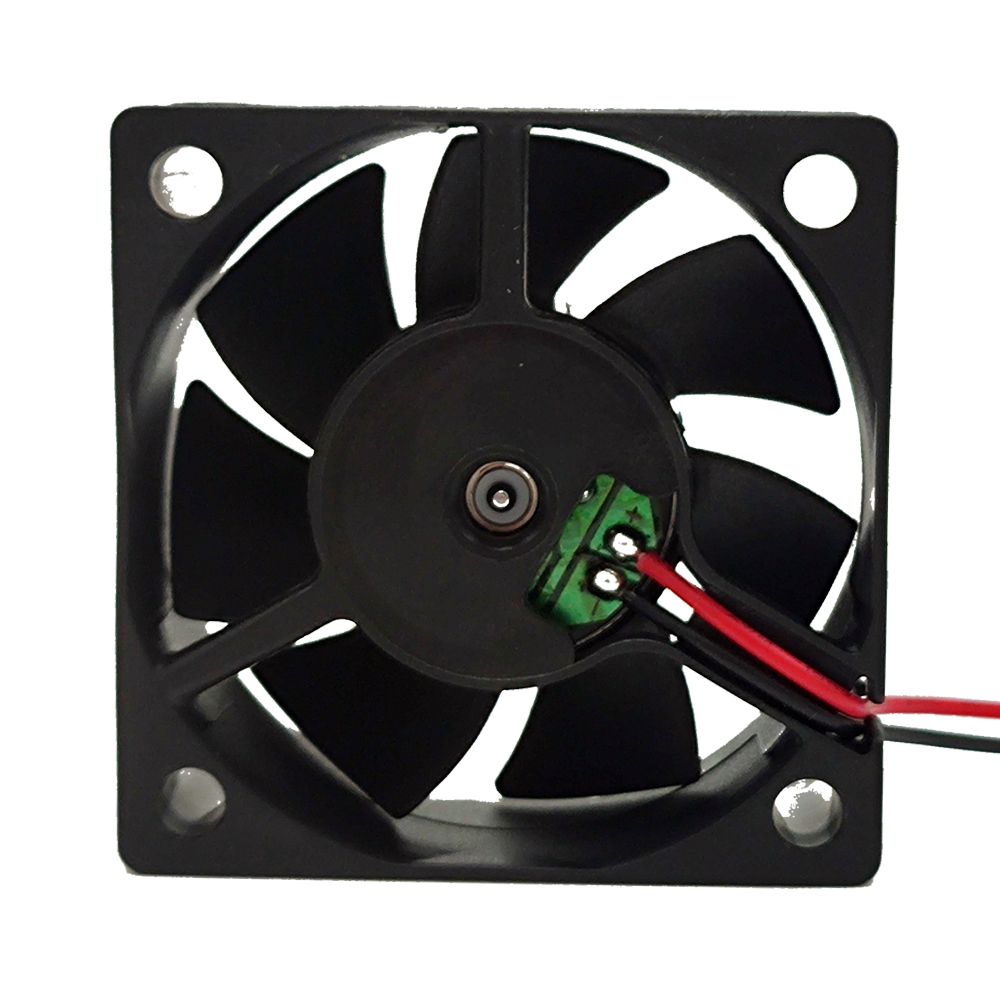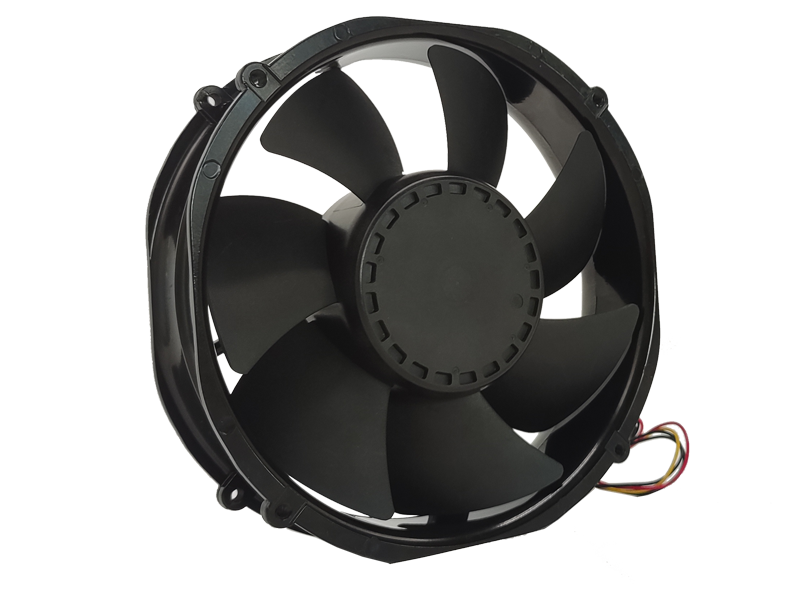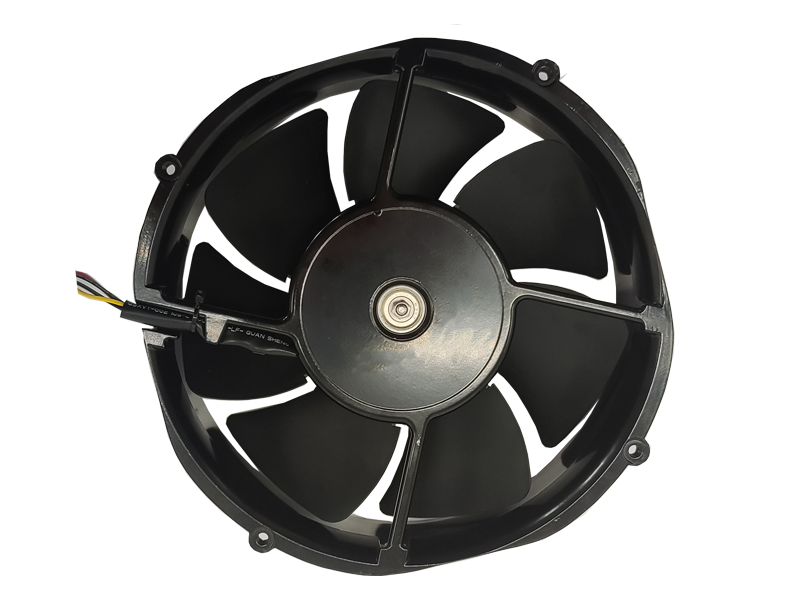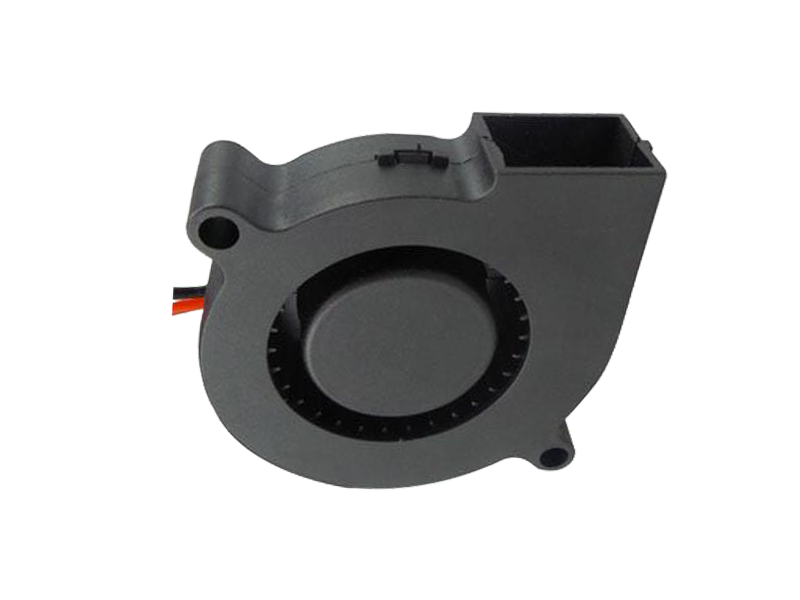Industrial fans are integral to the operations of countless industries worldwide. From agriculture and manufacturing to power plants and chemical processing, these fans serve a variety of critical functions, including cooling, ventilation, and air circulation. As a product, industrial fans are designed to ensure efficiency, durability, and adaptability to different environments and demands. However, meeting the unique requirements of modern industries while keeping operational costs and energy consumption in check presents several challenges for manufacturers.
This article explores the evolution of industrial fan products, examining the factors that influence their design, functionality, and innovation, and how manufacturers are responding to the shifting needs of their customers in an increasingly competitive market.
1. The Core Functionality of Industrial Fans
Industrial fans perform essential functions across various sectors, providing solutions for heat dissipation, air quality management, and ventilation in confined spaces. From a product development perspective, these core functionalities are paramount to ensuring that the fan fulfills its intended purpose.
Ventilation and Air Quality
One of the most common uses for industrial fans is to improve ventilation. In industrial settings such as factories, warehouses, and tunnels, air can quickly become stagnant, leading to dangerous levels of humidity, dust, and toxic fumes. Industrial fans, therefore, help maintain an adequate flow of fresh air, ensuring the safety and well-being of workers.
Fans can be used to remove stale air, replace it with fresh air from outside, or circulate air to distribute heat or coolness evenly across a space. Depending on the facility's size and function, these fans can vary in size, speed, and configuration.
Cooling
Industrial fans also play a critical role in cooling down equipment that generates excessive heat. In high-energy industries, such as metalworking, mining, and electronics manufacturing, cooling is crucial to prevent machinery from overheating. Overheating can cause mechanical failure, decreased productivity, and increased operational costs. Efficiently designed fans help regulate temperature by moving heat away from machinery and distributing cool air where it's needed.
Air Circulation for Comfort
In workplaces, especially those with large open spaces like warehouses or industrial plants, air circulation is necessary to ensure worker comfort. Fans can help reduce the build-up of heat, improve overall air quality, and prevent the environment from becoming too humid or unpleasant. A comfortable workplace improves employee productivity and reduces fatigue and health-related issues.
2. Technological Innovations in Industrial Fan Products
As industries evolve, so too must the products that power them. Industrial fans have undergone significant technological advancements over the years, leading to improved performance, efficiency, and adaptability. Here are some key areas where innovation has significantly impacted the design and functionality of industrial fans.
Energy-Efficiency and Sustainability
Energy efficiency is one of the most significant considerations when designing industrial fans. The energy consumption of fans can be substantial, especially in large-scale applications like factories, warehouses, or ventilation systems. Manufacturers are increasingly focused on developing energy-efficient products that reduce the carbon footprint of their operation.
For example, fans with high-efficiency motors, such as brushless DC (BLDC) motors, are becoming increasingly common in industrial fan designs. These motors consume less energy while delivering high performance, making them a better option for businesses focused on reducing operational costs. Additionally, many fans now come with variable speed controls, allowing the fan to adjust its speed based on the immediate needs of the environment. By running fans at lower speeds when full power is not needed, companies can save energy and reduce costs.
Smart Fan Systems and IoT Integration
The advent of IoT (Internet of Things) technology has ushered in a new era of smarter industrial fans. Smart fans equipped with IoT capabilities can collect real-time data on temperature, airflow, vibration, and power usage. This data can be used to monitor and optimize fan performance remotely, reducing the need for manual intervention and minimizing downtime.
For instance, IoT-enabled industrial fans can alert operators to potential maintenance issues, such as increased vibration or irregular motor performance, before they lead to failure. Predictive maintenance features allow companies to address issues proactively, extending the lifespan of the fan and reducing the risk of costly breakdowns.
Noise Reduction Technologies
Noise pollution is an ongoing issue in industrial settings, where large fans can contribute significantly to high noise levels. Over time, this can lead to worker discomfort and hearing damage, as well as a general decrease in productivity. Industrial fan manufacturers are increasingly focusing on reducing the noise produced by their products through various design enhancements.
Technological improvements such as the use of quieter motors, optimized fan blade designs, and sound-absorbing materials are making industrial fans less intrusive in terms of noise. In addition, fans with variable speed settings can operate at lower speeds during periods of low airflow demand, thereby reducing noise levels when full capacity is not required.
Corrosion and High-Temperature Resistance
In industries like chemicals, food production, and power generation, industrial fans are often exposed to harsh environments, including high temperatures, moisture, and corrosive substances. To meet these challenges, manufacturers are developing fans made from durable materials like stainless steel, coated aluminum, or fiberglass. These materials resist corrosion and are suitable for high-temperature operations, ensuring longevity and reliability even in the harshest conditions.
3. Customization and Versatility in Industrial Fan Products
One size does not fit all when it comes to industrial fans. Different industries have distinct requirements based on the nature of their operations, climate conditions, and airflow needs. As such, customization and versatility are becoming increasingly important in industrial fan design.
Modular Fan Systems
The modular approach to fan design allows manufacturers to offer flexible solutions that can be tailored to meet specific operational requirements. By providing interchangeable parts, such as motor sizes, blades, and housings, manufacturers can create fans that are precisely suited to the customer's needs. This modularity also makes it easier to replace or upgrade individual components rather than having to replace the entire fan, leading to lower long-term costs and more efficient maintenance.
Adjustable Fan Sizes and Configurations
Fans come in various sizes, from compact models suitable for confined spaces to massive industrial-grade fans used in large warehouses and factories. By offering different sizes and configurations, manufacturers can ensure that customers can find the right solution for their space and airflow needs. Adjustable configurations also allow for more efficient airflow management and adaptability to different operational conditions.
Specialized Fans for Specific Applications
Industrial fans can be designed for specialized applications, such as explosion-proof fans for hazardous environments or dust collection fans for applications that involve particulate matter. Customizing a fan for specific requirements ensures that it meets safety standards and operates effectively in unique conditions.
4. Challenges in the Industrial Fan Market
Despite the advancements in industrial fan technology, manufacturers face several challenges in developing products that satisfy both customer demands and regulatory requirements.
Competition and Cost Pressures
The industrial fan market is highly competitive, with many players offering similar products at various price points. To stay ahead, manufacturers must focus on offering high-quality products that deliver better performance, energy efficiency, and durability while keeping costs competitive. Finding a balance between affordability and innovation is a constant challenge for manufacturers in this space.
Global Regulatory Standards
As industries around the world are subject to increasingly stringent environmental and safety regulations, industrial fan manufacturers must ensure that their products comply with these standards. Compliance with global regulations on energy efficiency, noise levels, and material safety can be complex and costly, but it is essential for market access.

Adapting to Industry Trends
As industries evolve, their needs change as well. For example, the growing focus on sustainability and energy conservation has driven demand for more energy-efficient and eco-friendly industrial fan designs. Manufacturers must stay on top of emerging trends and technological advancements to meet the changing demands of customers and stay competitive in the market.
5. Conclusion: The Future of Industrial Fans
The industrial fan market is poised for continued growth, driven by technological advancements and the increasing demand for energy-efficient, sustainable, and customizable solutions. As industries continue to evolve, industrial fans must adapt to meet the unique challenges of various sectors, from cooling and ventilation to air quality management.
Manufacturers that can innovate in areas such as IoT integration, noise reduction, and material science will have a competitive edge. Moreover, the growing focus on sustainability and energy efficiency will continue to shape the design and development of industrial fans in the years to come. Ultimately, industrial fans are not just functional products; they are integral to the safety, comfort, and efficiency of industries around the world. As such, their continued evolution will play a key role in the advancement of modern industrial systems.
Recommended Products

The main purpose:Car charging station

The main purpose:Car charging station

The main purpose:Electronic refrigerators, water dispensers, direct drinking machines, inverter power supplies
Address:No. 4137, Longgang Avenue (Henggang Section), Henggang Community, Henggang Street, Longgang District, Shenzhen
hotline:13530005572(Chen)15112579390(Li)


Welcome all friends to come for consultation and negotiation.
Copyright 2024 @ Shenzhen Youneng Xinyuan Electronics Co., Ltd.,(industrial fans,industrial blowers,axial fans,cooling fans manufacturer,centrifugal fans,ac cooling fans,dc cooling fans)